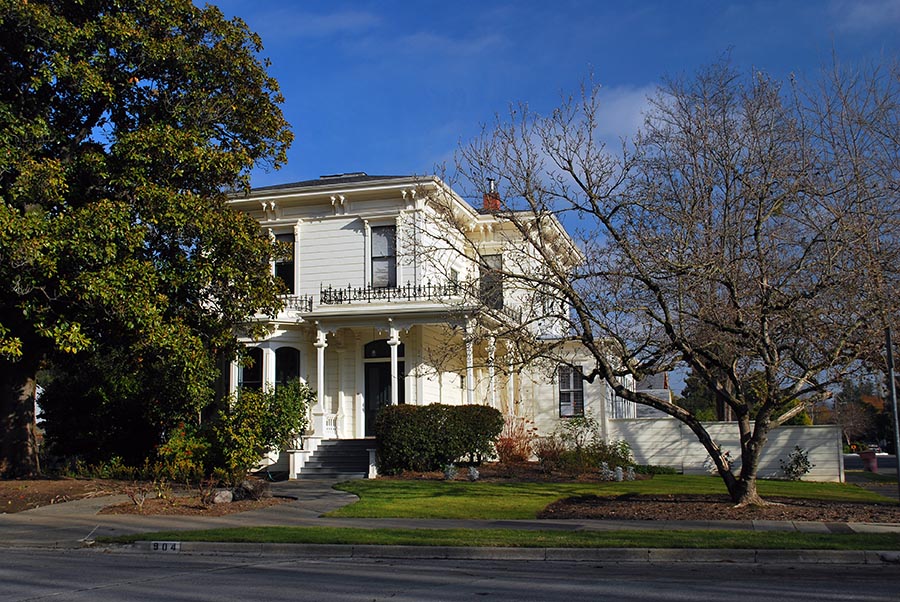 Older homes are beautiful and often full of character, history, and charm, but they have unique needs when it comes to care, repairs, and maintenance. If you’re considering purchasing an older or historic home, it can be helpful to get a high-level overview of some of the main issues and challenges you might encounter.
Older homes are beautiful and often full of character, history, and charm, but they have unique needs when it comes to care, repairs, and maintenance. If you’re considering purchasing an older or historic home, it can be helpful to get a high-level overview of some of the main issues and challenges you might encounter.
Deferred Maintenance
Deferred maintenance refers to postponed repairs and upkeep. If you have just purchased an older home, you may have some work ahead of you to make up for months — or years — of neglect. Or perhaps you’ve been in your house for a while and it’s clearly time to make a to-do list of repairs.
According to RealtyTimes, “deferred maintenance usually means something more than just a bad choice of carpet color or not enough storage in the garage … it means bad stuff. Stuff that needs to be fixed before any real value can be placed on the property.”
When looking for signs of deferred maintenance, “Use all your senses” Realtor.com advises. Look for cracks, water damage, peeling ceilings, and mold, and smell for mustiness. Take on one project at a time. If your home has had leaks and moisture problems for years, you’ll have some ground to cover to make it healthy again.
Age of Materials
Nothing lasts forever, and that includes building materials. At some point, your older home is going to need some components and systems replaced.
“Some things don’t break and some things do,” John Ghent, president-elect of the American Society of Home Inspectors and co-owner of a Trumbull, Connecticut home-inspection company says in a This Old House article. The article mentions that Ghent gives homeowners a handout that states, “experience shows that the average house may need a 50 percent replacement over a period of 30 years.”
So when will that 20-year-old roof need to be replaced? How old is your heating system? It’s helpful to know when certain components of your house were installed or replaced, so try to collect as much information as you can about your home’s history.
This Old House provides this handy “How Long Stuff Lasts” guide that covers the longevity of materials, systems, and appliances and how much it will cost to replace them. Of course, dating home components is not an exact science, but it is meant to give readers an idea of the life expectancy of things like the roof, siding, carpet, HVAC units, exterior paint, and appliances.
Foundation Issues
What type of foundation is your home built on? Has it been partially or fully replaced or upgraded at some point? Keep in mind that depending on the type of foundation, cracks are not unusual. The severity of a cracked foundation can be assessed by the size (the width and length) and the direction (horizontal or diagonal) of the crack, along with the home’s age. Different types of soil react to moisture differently and can create pressure against the foundation. Read more about foundation issues on Realtor.com, and consult a professional if you think your home’s foundation may need repairs.
Modifying an Older House
Modifications and updates can sometimes create new problems. For example, placing updated or tight windows into an older home may cause the indoor environment to become muggy due to lessened air exchange, and adding skylights might create some new energy-saving problems. Renovations must be done with care. A common problem among homeowners is trying to fix or modify remodels done by past owners, especially if they weren’t done correctly.
“All said, if your home has been updated and well-maintained over the years, you probably won’t run into all of these problems,” according to this lifehacker article that lists some problems owners may run into when renovating an older home. “But with older homes, especially those old, charming homes that have been standing for decades, you may not know.”
(Photo: Flickr/kel wagner)

